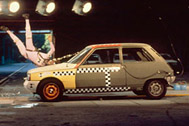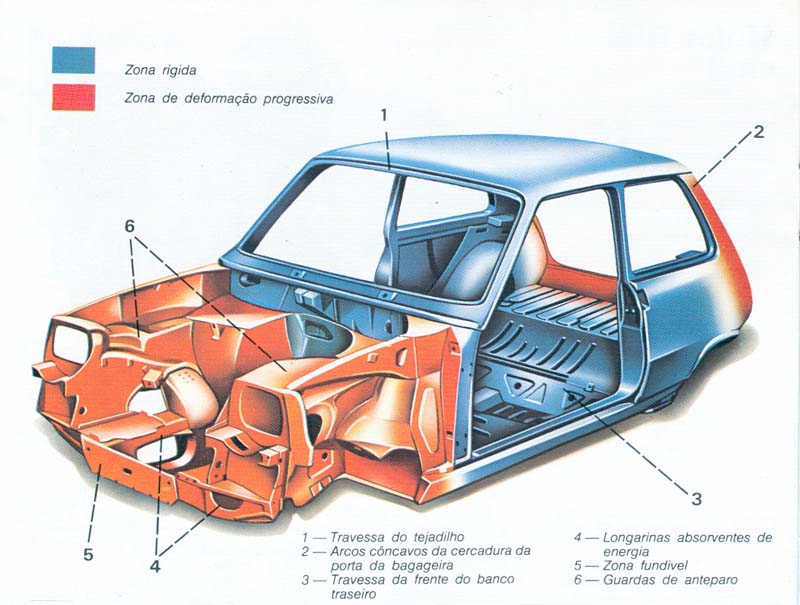(Click the pictures to enlarge)
Renault's concern for the safety of their cars dates back over 60 years.
-
.jpg) In 1951 Renault opened in Lardy, in the Paris region, a technical center dedicated to the testing of
their future vehicles and in particular to the study of the safety related issues of their cars.
In 1951 Renault opened in Lardy, in the Paris region, a technical center dedicated to the testing of
their future vehicles and in particular to the study of the safety related issues of their cars.
In 1955 this center performed its first crash test and in 2006 Renault celebrated its 10,000 th test.
Over those 50 years about 11,000 vehicles were tested (some tests involved two vehicles), more then 100,000 videos and some 500,000 photos were made and over one million data analyzed.
In 1969, under the Committee of French Automobile Manufacturers (CCFA) and a partnership between Renault and PSA Peugeot Citroën, the "Accidentology Laboratory of Biomechanics and studies of human behavior (LAB)" is created. Its mission will be to develop traffic safety based on three pillars: protection of the car passengers, knowing the cars accident's genesis to avoid them and understand the driver's behavior.
All this effort and investment have allowed Renault to become a reference regarding car's safety, making them the first manufacturer to earn five stars in the demanding safety tests promoted by Euro NCAP, in 2001, with the Laguna model.
The Renault 5, whose project was initiated in 1967, will benefit from the tests already
carried out in these laboratories and from the knowledge accumulated to that date, allowing it
to have been designed with some elements for a more effective passive safety.
Its monocoque body already included a cabin area consisting of a rigid structure with
front and rear crumple sections.
It was also equipped with safety belts, a deformable dashboard and an articulated steering
column. Standard on some models and optional in others, its front seats could be
fitted with headrests.
 Português
Português



